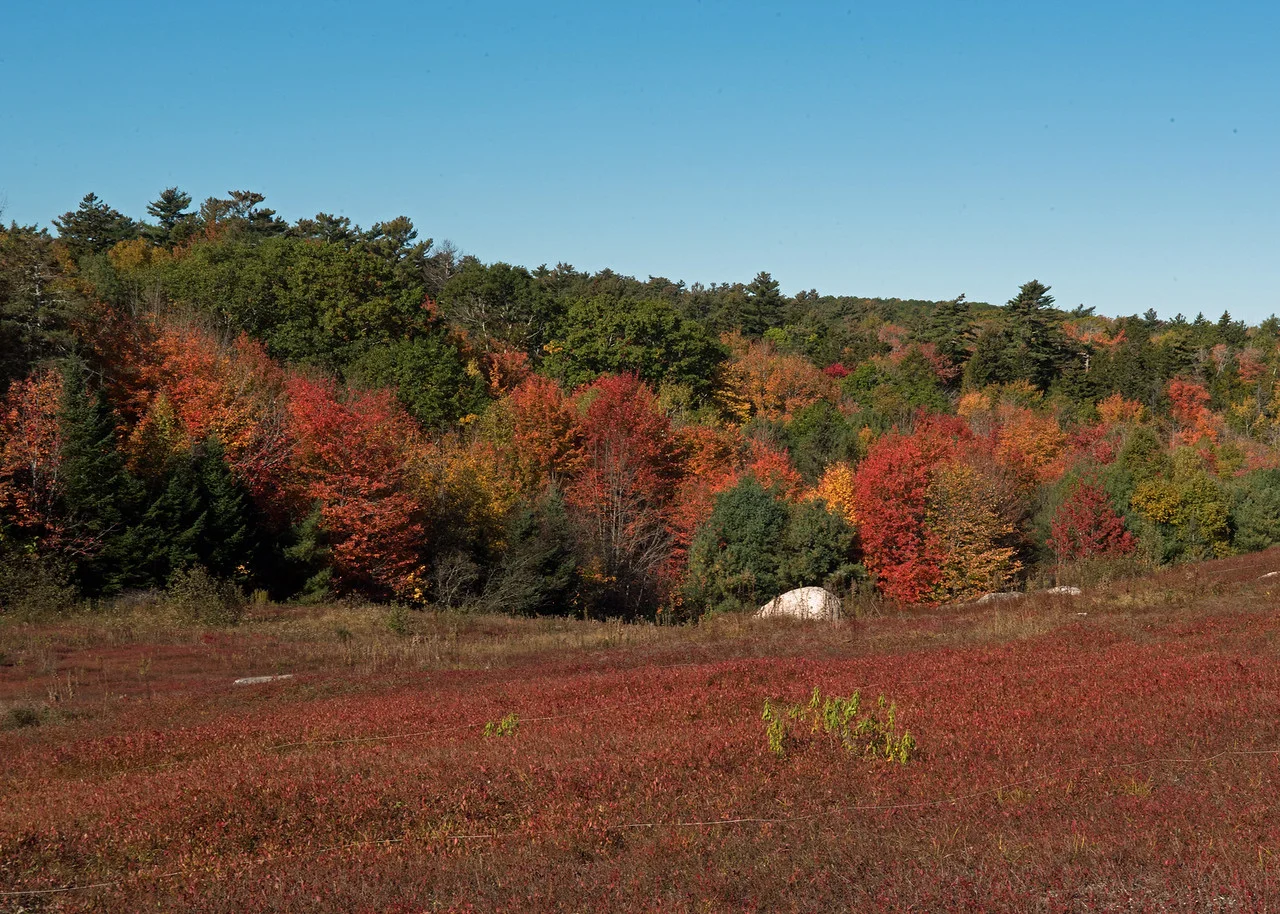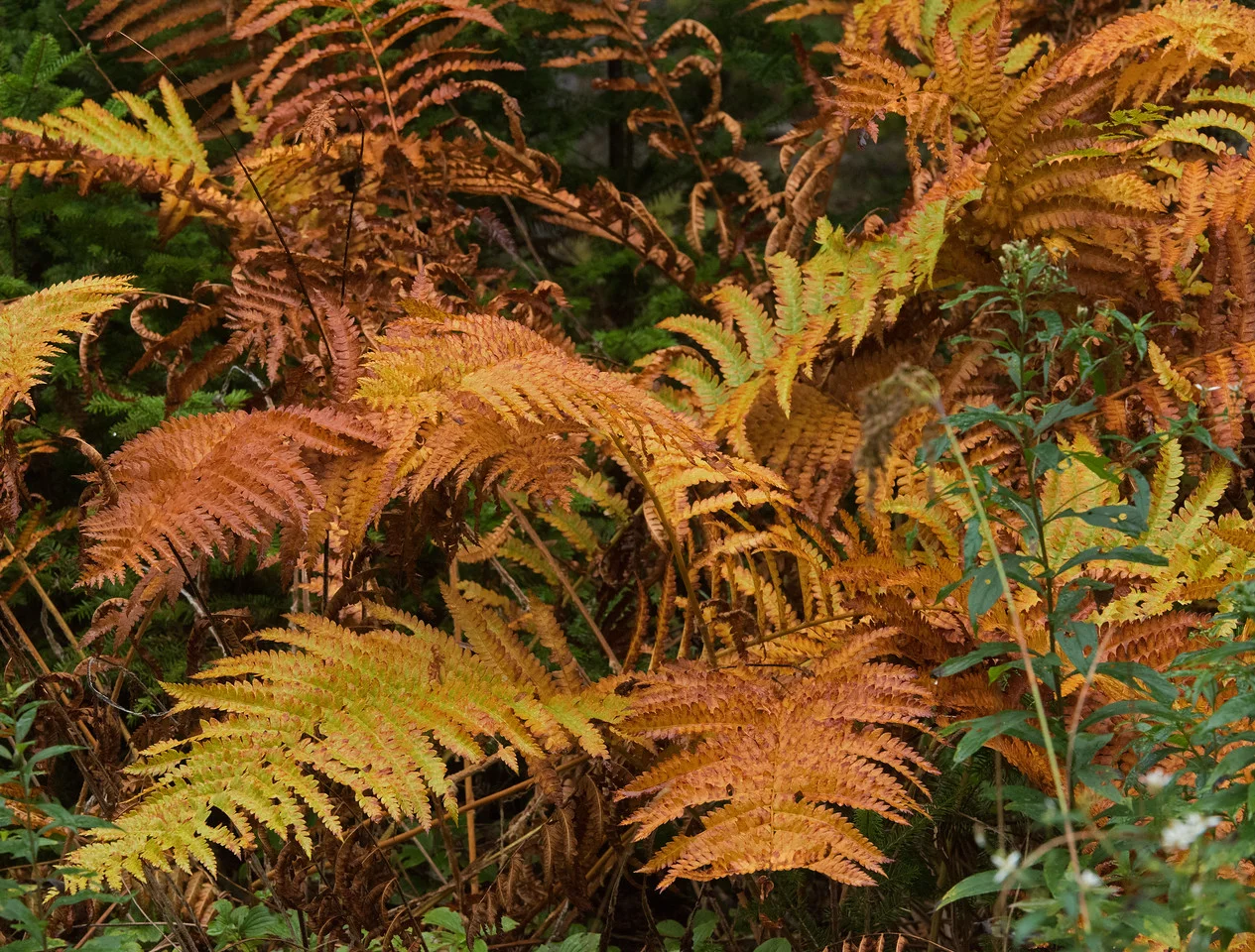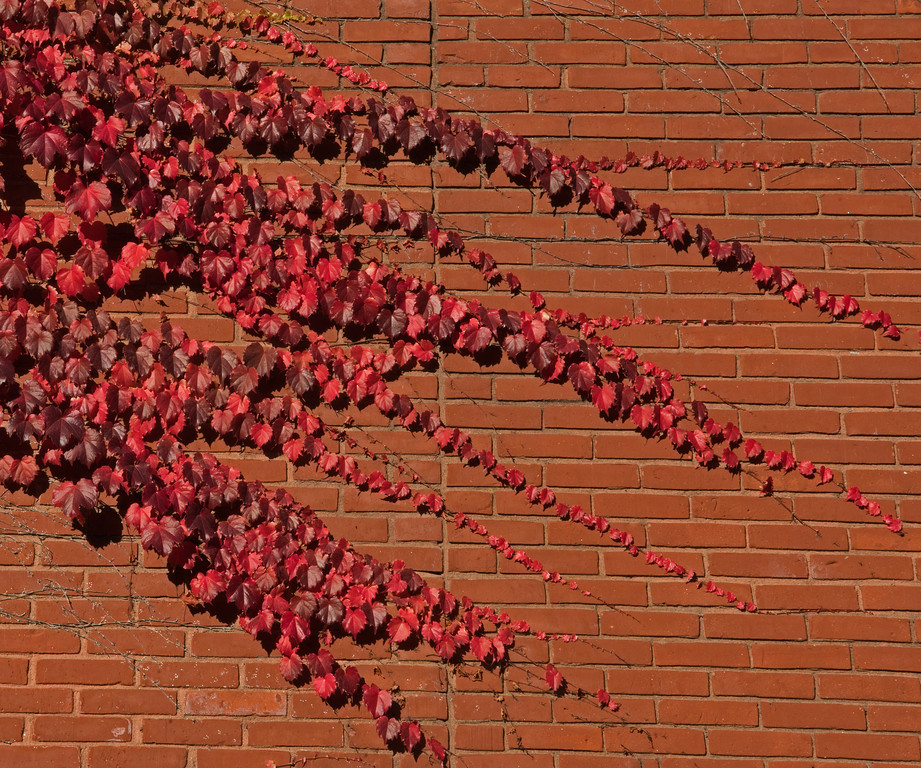This security system has worked well for decades on an important local boat house.
And, yes, we not only leave the keys in the car when we shop in the General Store, we leave the car running outside when we go into the Post Office to check our box. (Brooklin, Maine)




























































